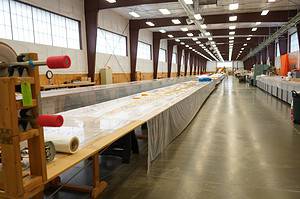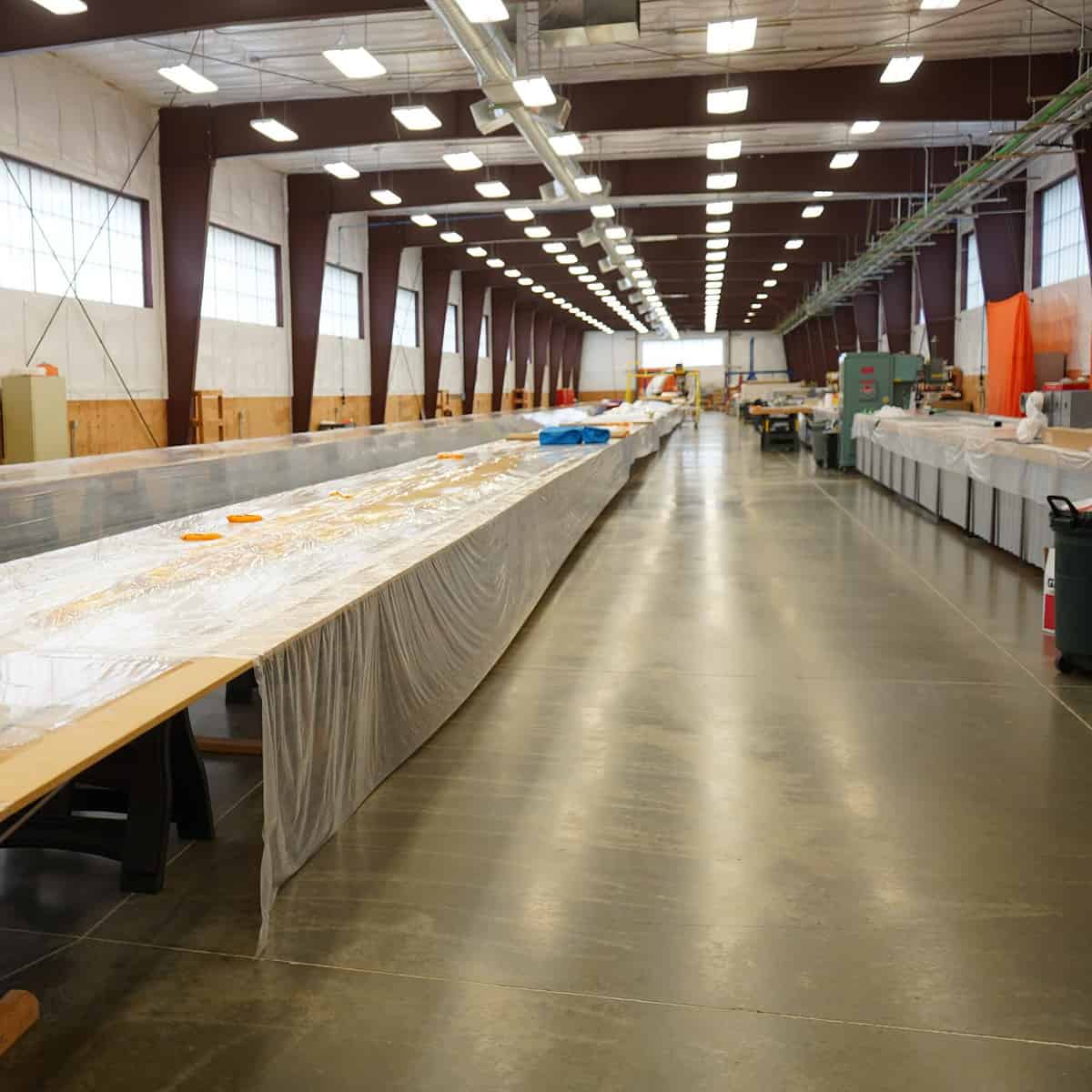By Cara Mico, Assistant Editor
Of the many test flights completed by Near Space Corporation (NSC) out of Tillamook, not one has failed, but many locals still don’t know who they are or what they do, even though they’ve been here since 1996. Kevin Tucker, NSC President, gave the Pioneer a tour of their facilities and provided some background about what they do and why they chose Tillamook.
Essentially NSC is a transport service for projects carrying cargo leaving Earth’s atmosphere. This includes anything from transportation of scientific projects destined for the International Space Station to equipment headed for the surface of Mars.
NSC is one partner in a global collaboration trying to get humans to space. They focus on material parachutes that can carry heavy burdens while withstanding the myriad conditions found in the upper atmosphere and on other planets. They use materials that can handle the wind shear, altitude differentials, weather conditions, and in the case of Mars, a limited atmosphere.
The parachutes are extremely durable and can float a 2 ton payload 30,000 feet in the air using helium. They’ve also designed systems to carry up to 10 tons to an elevation of 130,000 feet, with flight durations of hours or months. The balloons vary in sizes but some reach 700 feet in length. Constructed in a 300 foot long facility by materials experts, the balloons travel to many locations depending on the project.

Tillamook was strategically chosen as the NSC headquarters because of the blimp hangar and the airport but also because of its proximity to the Ocean. During the part of the year where winds blow west to east, they launch from Madras, Oregon, that way any drifting of the payload is more likely to lead to a landing on public lands.
Some of the projects they’ve worked on include the Mars helicopter Orville, a NASA Starliner parachute system, a climate atmospheric research study, and more recently, a robotic balloon to study the atmosphere of Venus.
The Orville project was designed to better understand the impact of low gravity and atmospheric conditions of Mars on flight. NSC won a NASA contract to design and test robotic balloons for exploration of Venus, the materials for this project need to be sturdy enough to stand up to the corrosive atmosphere but buoyant enough to maintain altitude and fly.
NSC is currently testing in Madras and they have several upcoming projects that we’ll be covering as they come up, stay tuned!


.png)